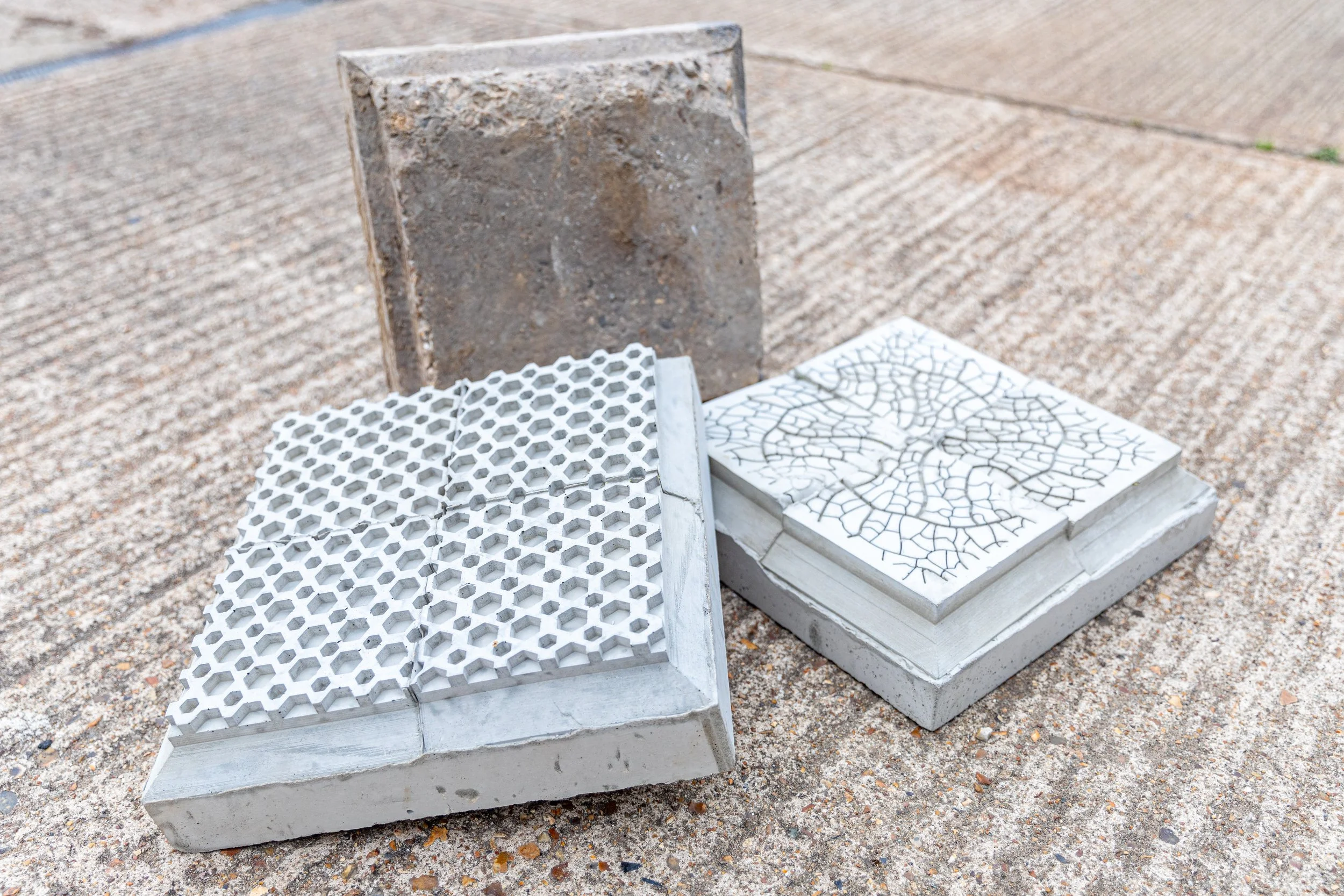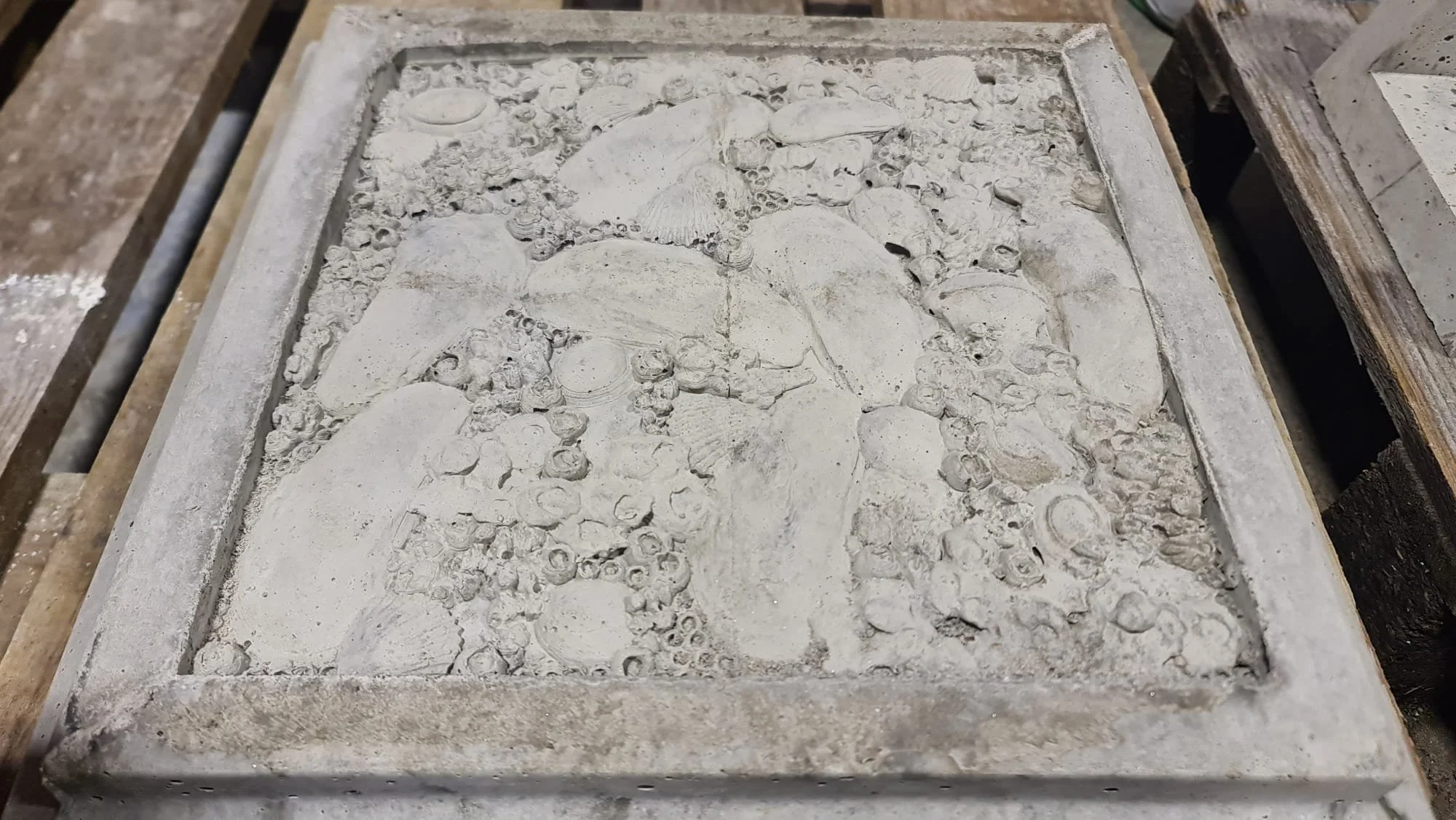Nature-inclusive Coastal protection in Essex: Catchment to Coast
The coastlines of East Anglia are some of the most rapidly eroding in the whole of Europe. Sea defences have become increasingly important in these soft-sediment areas as we continue to develop coastal environments and experience more extreme and unpredictable weather.
Residents of Canvey Island, Essex being rescued from floodwater (Credit: Getty Images)
The storm surge and subsequent flooding of coastal areas in 1953 is well known, with the entire population of Canvey Island being evacuated and claiming an estimated 120 lives in Essex alone. A combination of a spring high tide, low pressure and strong winds resulted in surges of up to 6 metres above sea level, and while sea defences were used in these areas prior to the flood, many were overwhelmed. Tidal surges of this kind were previously unthinkable to many, and as a result there was a distinct lack of substantial sea defences in place for events such as this one.
Following this tragic event, the government and local authorities began to invest in more robust sea defences to protect coastlines in case another storm surge of this magnitude was to occur. These were primarily in the form of concrete cladded clay sea walls, but also in the form of smaller blocks, known as Essex Blocks, which were used to dissipate wave energy. Many of these sea defences are still in use today.
Our Leaf and Hexagon pattern ExoTiles with traditional Essex Block in the background
Exo Engineering have taken inspiration from these traditional sea defence and have identified opportunities to build habitats into these structures. We call our new take on this traditional concrete product the ‘ExoTile’, using of our Greening the Grey® textures and features such as water-retaining cups to provide much-needed coastal protection whilst incorporating Nature Inclusive Design. This is especially important in coastal areas, where a phenomenon known as coastal squeeze is reducing habitat extent for many intertidal species.
Our ExoTiles can be used to repair existing coastal defences where Essex Blocks are currently being used, eliminating the need for entirely new coastal defences to be constructed for ExoTiles to be integrated. The organisms which are supported by the ExoTiles provide additional protection in the form of bio-armouring.
Through our various texture designs, we can offer a range of environmental niches for coastal biodiversity to colonise. Working with client specifications, we can tailor our products to best suit the requirements of your project.
One of our biogenic inspired Essex Block
Our organic inspired textures replicate natural textures
If you would like to learn more about how you can maximise biodiversity whilst protecting vulnerable coastlines, please don’t hesitate to reach out.
Stay up to date with the latest developments by following us on LinkedIn and X (formerly Twitter).




